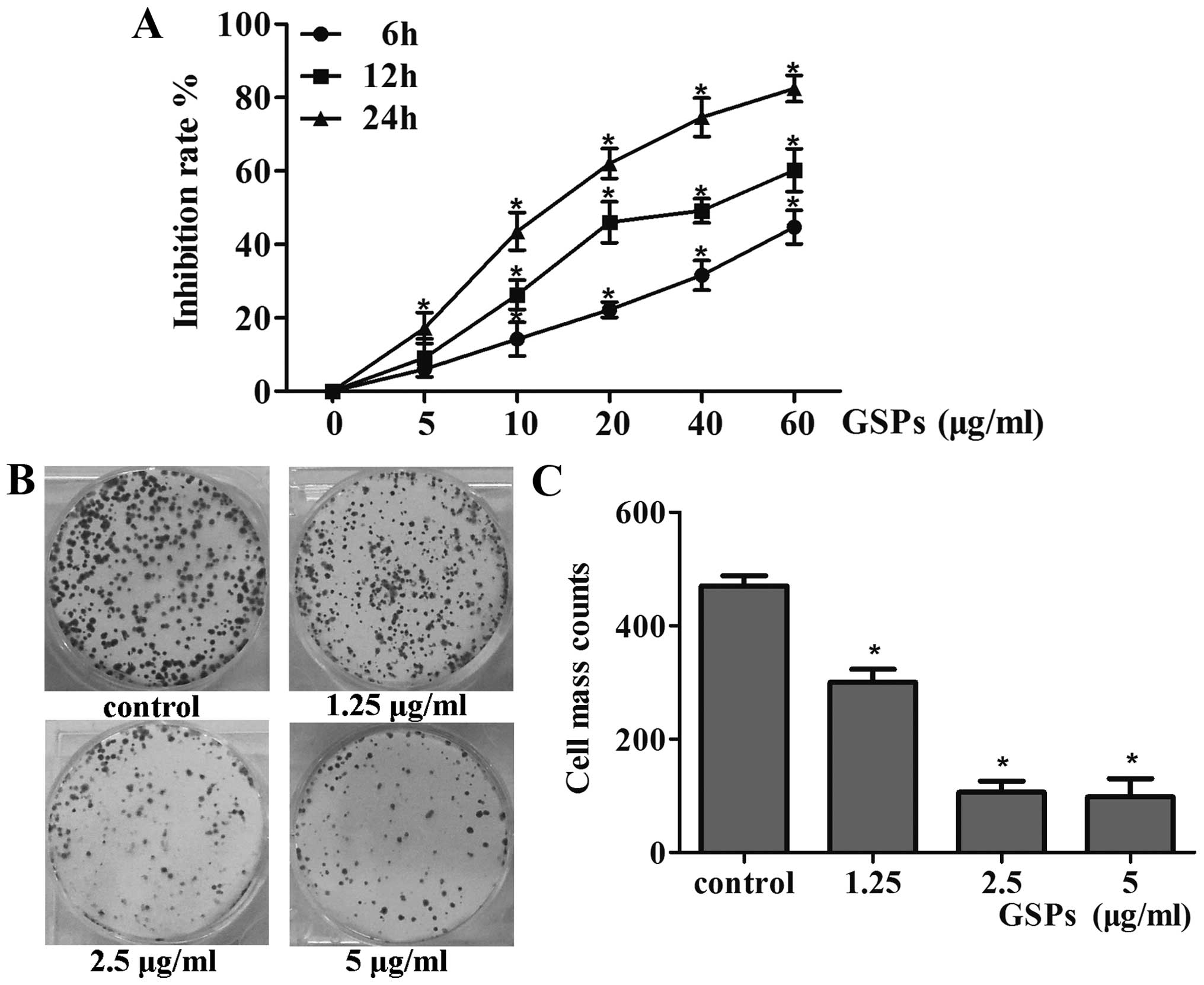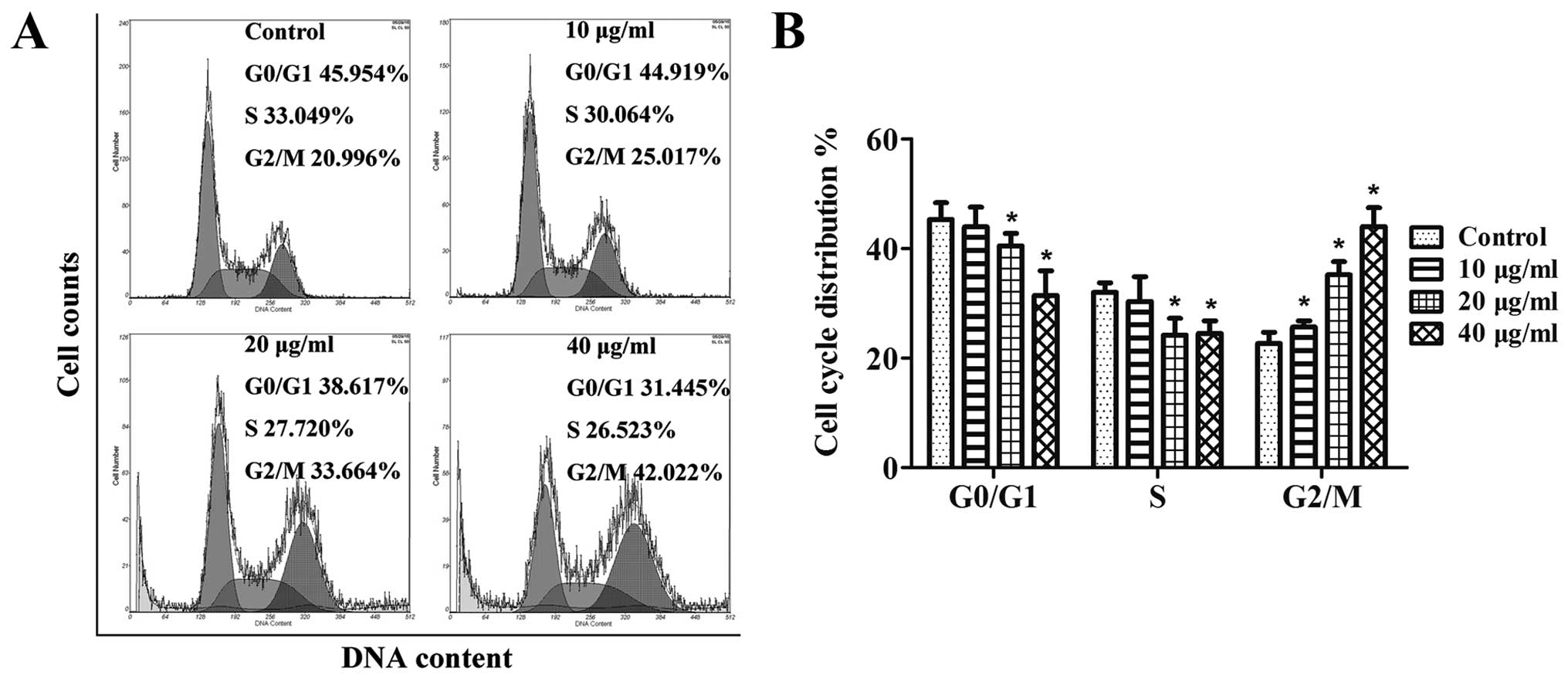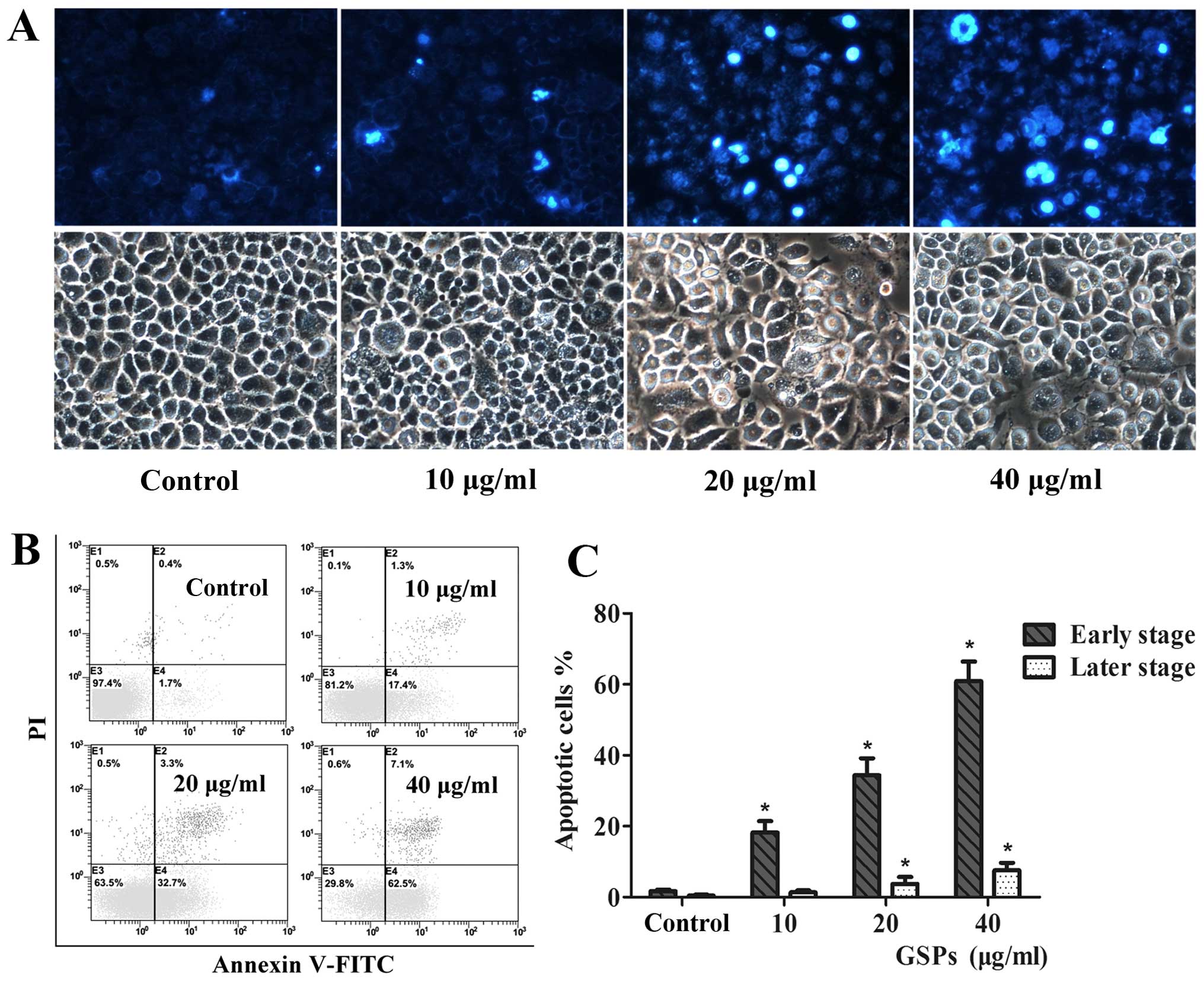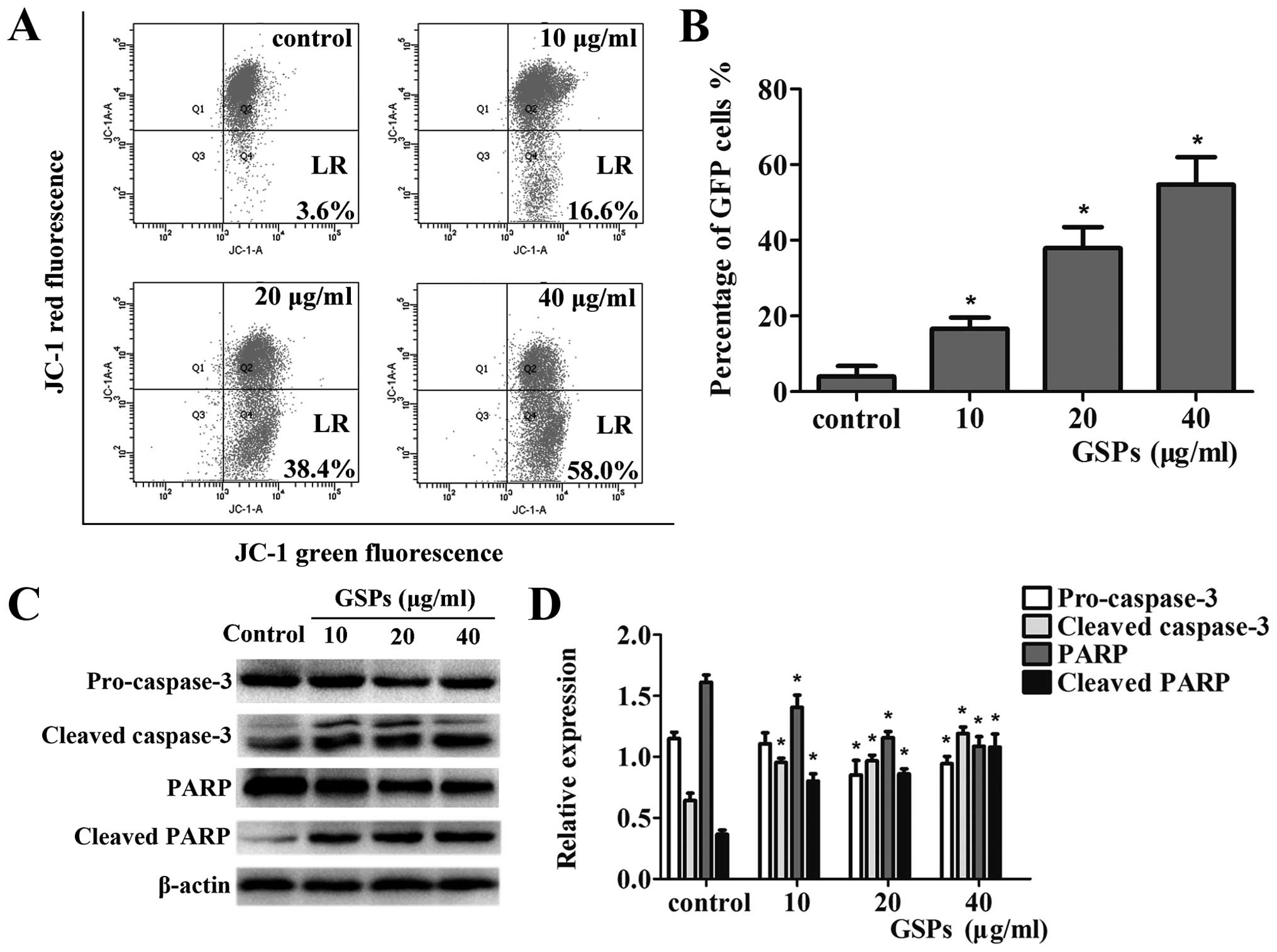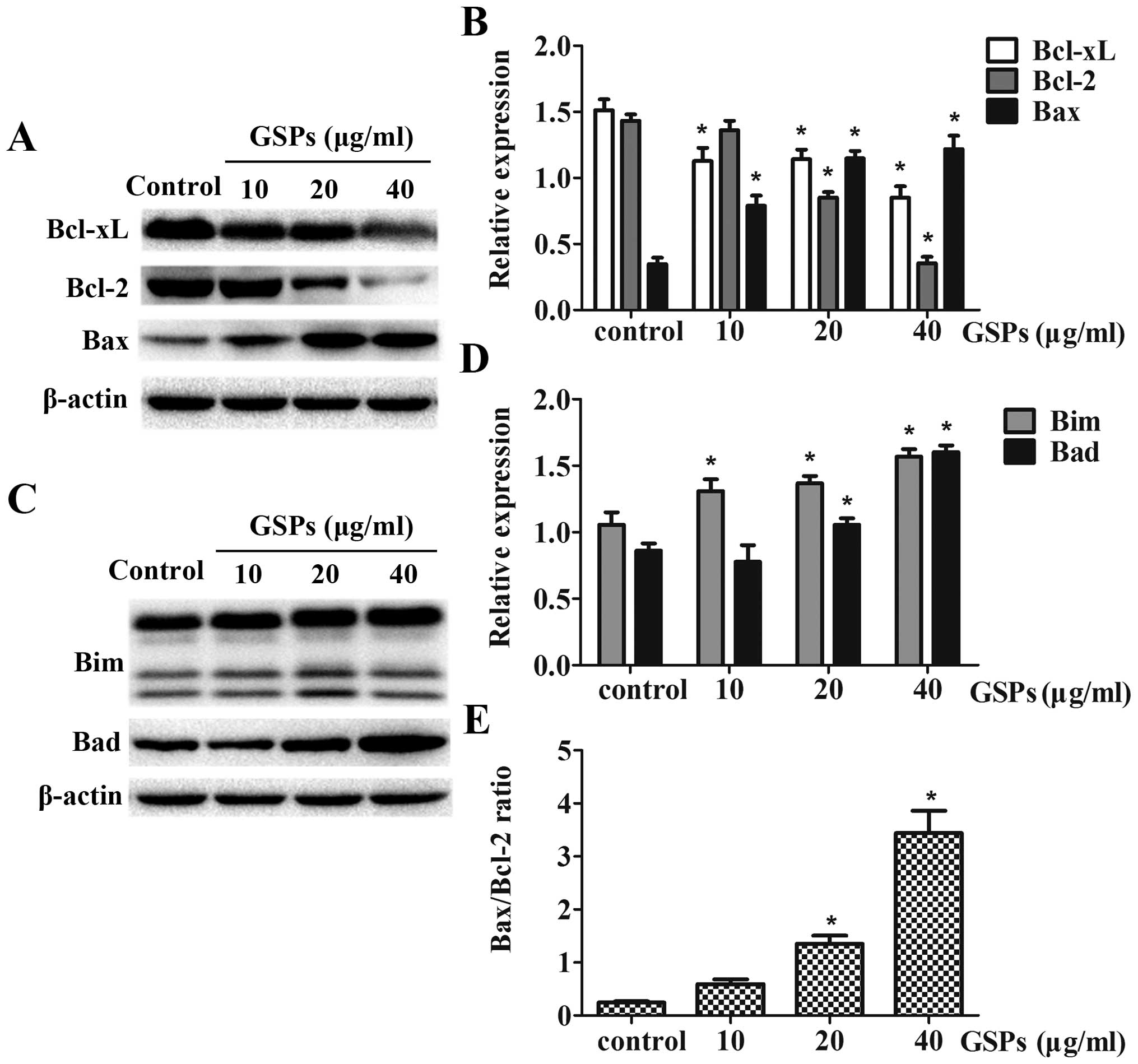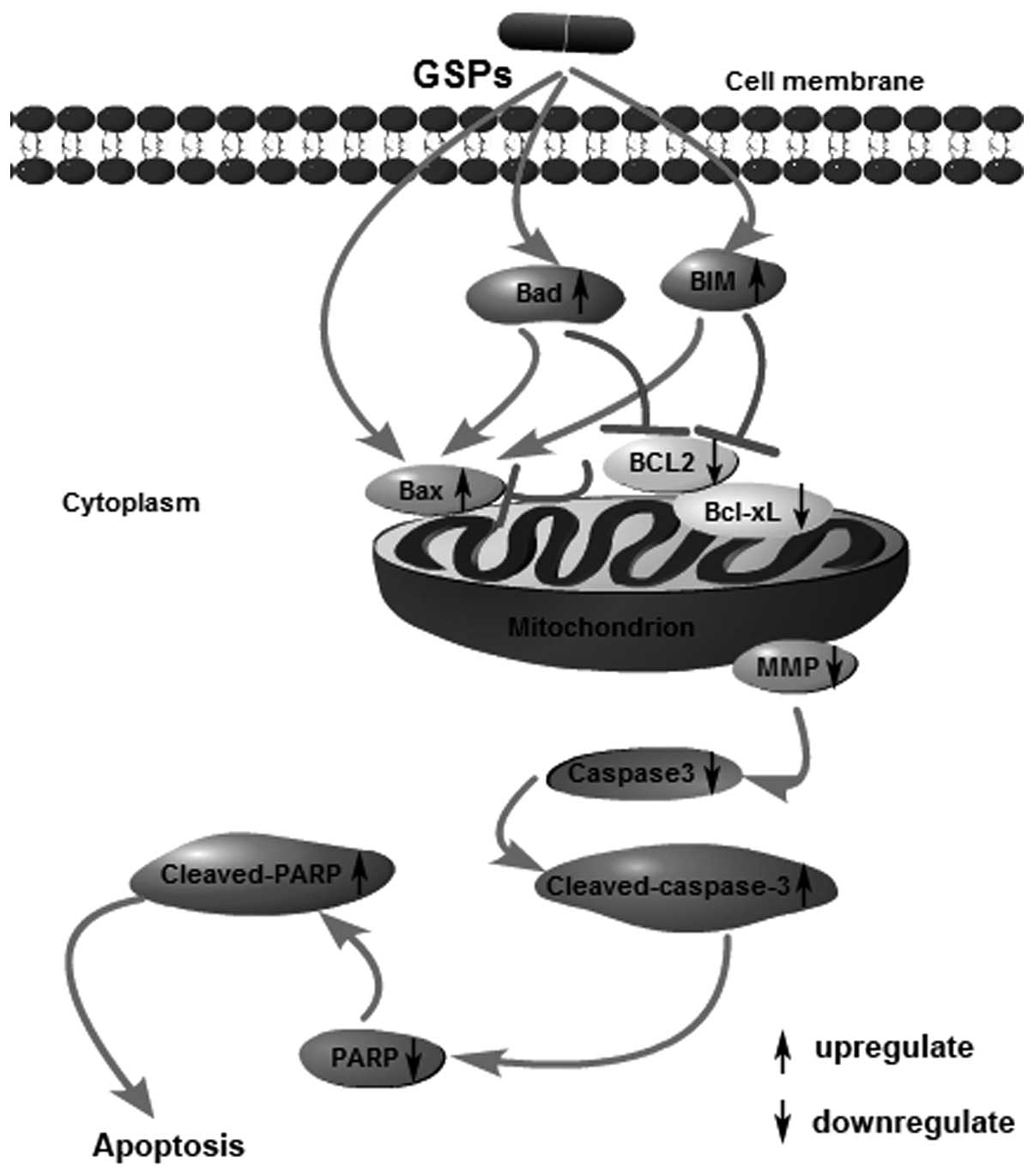|
1
|
Chua ML, Wee JT, Hui EP and Chan AT:
Nasopharyngeal carcinoma. Lancet. 387:1012–1024. 2016. View Article : Google Scholar
|
|
2
|
Lee AW, Sze WM, Au JS, Leung SF, Leung TW,
Chua DT, Zee BC, Law SC, Teo PM, Tung SY, et al: Treatment results
for nasopharyngeal carcinoma in the modern era: The Hong Kong
experience. Int J Radiat Oncol Biol Phys. 61:1107–1116. 2005.
View Article : Google Scholar : PubMed/NCBI
|
|
3
|
Lee AW, Ng WT, Chan LL, Hung WM, Chan CC,
Sze HC, Chan OS, Chang AT and Yeung RM: Evolution of treatment for
nasopharyngeal cancer - success and setback in the
intensity-modulated radiotherapy era. Radiother Oncol. 110:377–384.
2014. View Article : Google Scholar : PubMed/NCBI
|
|
4
|
Lin S, Pan J, Han L, Guo Q, Hu C, Zong J,
Zhang X and Lu JJ: Update report of nasopharyngeal carcinoma
treated with reduced-volume intensity-modulated radiation therapy
and hypothesis of the optimal margin. Radiother Oncol. 110:385–389.
2014. View Article : Google Scholar : PubMed/NCBI
|
|
5
|
Yi J, Huang X, Gao L, Luo J, Zhang S, Wang
K, Qu Y, Xiao J and Xu G: Intensity-modulated radiotherapy with
simultaneous integrated boost for locoregionally advanced
nasopharyngeal carcinoma. Radiat Oncol. 9:562014. View Article : Google Scholar : PubMed/NCBI
|
|
6
|
Zheng Y, Han F, Xiao W, Xiang Y, Lu L,
Deng X, Cui N and Zhao C: Analysis of late toxicity in
nasopharyngeal carcinoma patients treated with intensity modulated
radiation therapy. Radiat Oncol. 10:172015. View Article : Google Scholar : PubMed/NCBI
|
|
7
|
Wei Z, Xie Y, Xu J, Luo Y, Chen F, Yang Y,
Huang Q, Tang A and Huang G: Radiation-induced sarcoma of head and
neck: 50 years of experience at a single institution in an endemic
area of nasopharyngeal carcinoma in China. Med Oncol. 29:670–676.
2012. View Article : Google Scholar
|
|
8
|
Strasser A, Cory S and Adams JM:
Deciphering the rules of programmed cell death to improve therapy
of cancer and other diseases. EMBO J. 30:3667–3683. 2011.
View Article : Google Scholar : PubMed/NCBI
|
|
9
|
Lopez J and Tait SW: Mitochondrial
apoptosis: Killing cancer using the enemy within. Br J Cancer.
112:957–962. 2015. View Article : Google Scholar : PubMed/NCBI
|
|
10
|
Westphal D, Dewson G, Czabotar PE and
Kluck RM: Molecular biology of Bax and Bak activation and action.
Biochim Biophys Acta. 1813:521–531. 2011. View Article : Google Scholar : PubMed/NCBI
|
|
11
|
Hockenbery D, Nuñez G, Milliman C,
Schreiber RD and Korsmeyer SJ: Bcl-2 is an inner mitochondrial
membrane protein that blocks programmed cell death. Nature.
348:334–336. 1990. View
Article : Google Scholar : PubMed/NCBI
|
|
12
|
Kurahashi N, Inoue M, Iwasaki M, Tanaka Y,
Mizokami M and Tsugane S; JPHC Study Group: Vegetable, fruit and
antioxidant nutrient consumption and subsequent risk of
hepatocellular carcinoma: A prospective cohort study in Japan. Br J
Cancer. 100:181–184. 2009. View Article : Google Scholar : PubMed/NCBI
|
|
13
|
Katiyar SK and Athar M: Grape seeds: Ripe
for cancer chemo-prevention. Cancer Prev Res. 6:617–621. 2013.
View Article : Google Scholar
|
|
14
|
Prasad R, Vaid M and Katiyar SK: Grape
proanthocyanidin inhibit pancreatic cancer cell growth in vitro and
in vivo through induction of apoptosis and by targeting the
PI3K/Akt pathway. PLoS One. 7:e430642012. View Article : Google Scholar : PubMed/NCBI
|
|
15
|
Derry MM, Raina K, Balaiya V, Jain AK,
Shrotriya S, Huber KM, Serkova NJ, Agarwal R and Agarwal C: Grape
seed extract efficacy against azoxymethane-induced colon
tumorigenesis in A/J mice: Interlinking miRNA with cytokine
signaling and inflammation. Cancer Prev Res. 6:625–633. 2013.
View Article : Google Scholar
|
|
16
|
Chen Q, Liu XF and Zheng PS: Grape seed
proanthocyanidins (GSPs) inhibit the growth of cervical cancer by
inducing apoptosis mediated by the mitochondrial pathway. PLoS One.
9:e1070452014. View Article : Google Scholar : PubMed/NCBI
|
|
17
|
Singh T, Sharma SD and Katiyar SK: Grape
proanthocyanidins induce apoptosis by loss of mitochondrial
membrane potential of human non-small cell lung cancer cells in
vitro and in vivo. PLoS One. 6:e274442011. View Article : Google Scholar : PubMed/NCBI
|
|
18
|
Nandakumar V, Singh T and Katiyar SK:
Multi-targeted prevention and therapy of cancer by
proanthocyanidins. Cancer Lett. 269:378–387. 2008. View Article : Google Scholar : PubMed/NCBI
|
|
19
|
Dhanalakshmi S, Agarwal R and Agarwal C:
Inhibition of NF-kappaB pathway in grape seed extract-induced
apoptotic death of human prostate carcinoma DU145 cells. Int J
Oncol. 23:721–727. 2003.PubMed/NCBI
|
|
20
|
Sharma SD, Meeran SM and Katiyar SK:
Dietary grape seed proanthocyanidins inhibit UVB-induced oxidative
stress and activation of mitogen-activated protein kinases and
nuclear factor-kappaB signaling in in vivo SKH-1 hairless mice. Mol
Cancer Ther. 6:995–1005. 2007. View Article : Google Scholar : PubMed/NCBI
|
|
21
|
Kelly GL and Strasser A: The essential
role of evasion from cell death in cancer. Adv Cancer Res.
111:39–96. 2011. View Article : Google Scholar : PubMed/NCBI
|
|
22
|
Ku B, Liang C, Jung JU and Oh BH: Evidence
that inhibition of BAX activation by BCL-2 involves its tight and
preferential interaction with the BH3 domain of BAX. Cell Res.
21:627–641. 2011. View Article : Google Scholar
|
|
23
|
Park D and Dilda PJ: Mitochondria as
targets in angiogenesis inhibition. Mol Aspects Med. 31:113–131.
2010. View Article : Google Scholar
|



